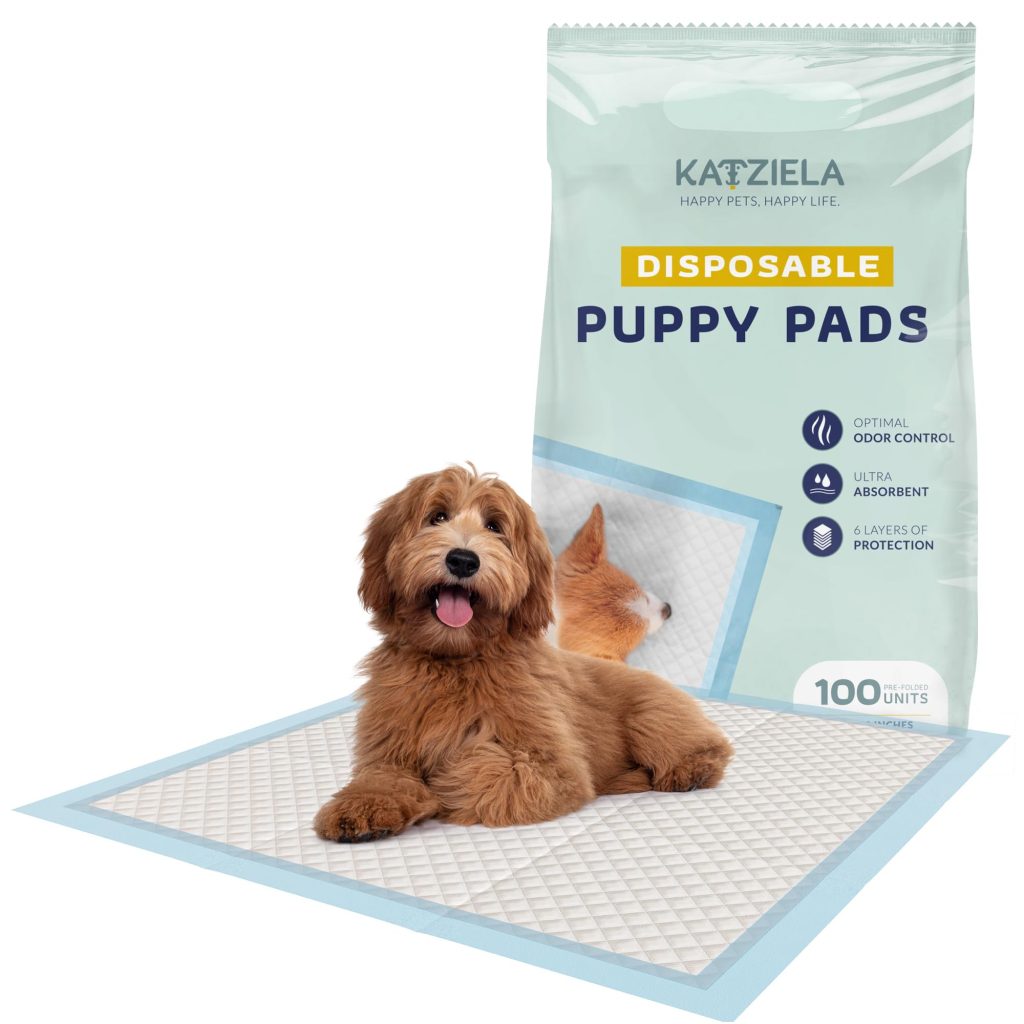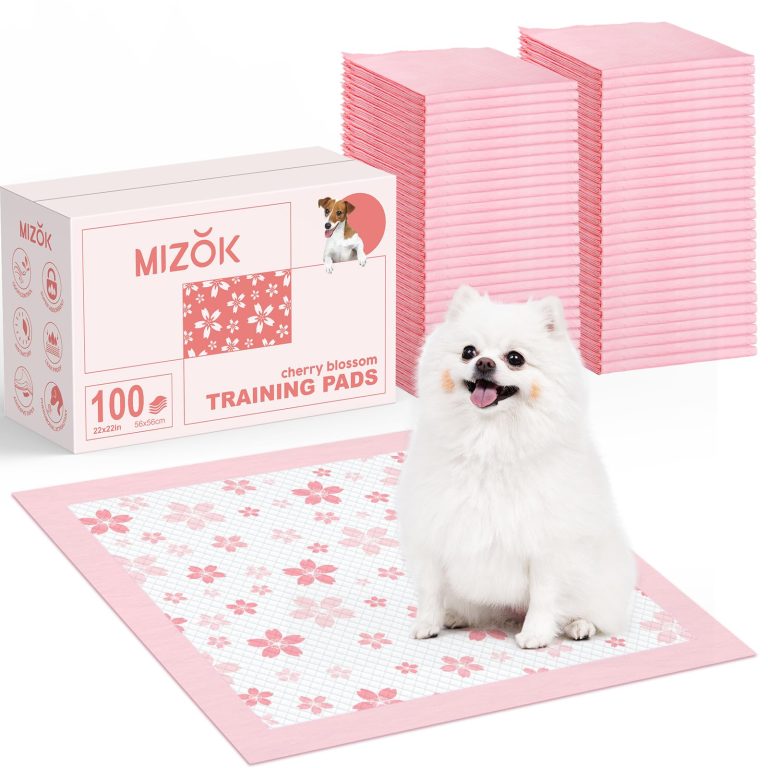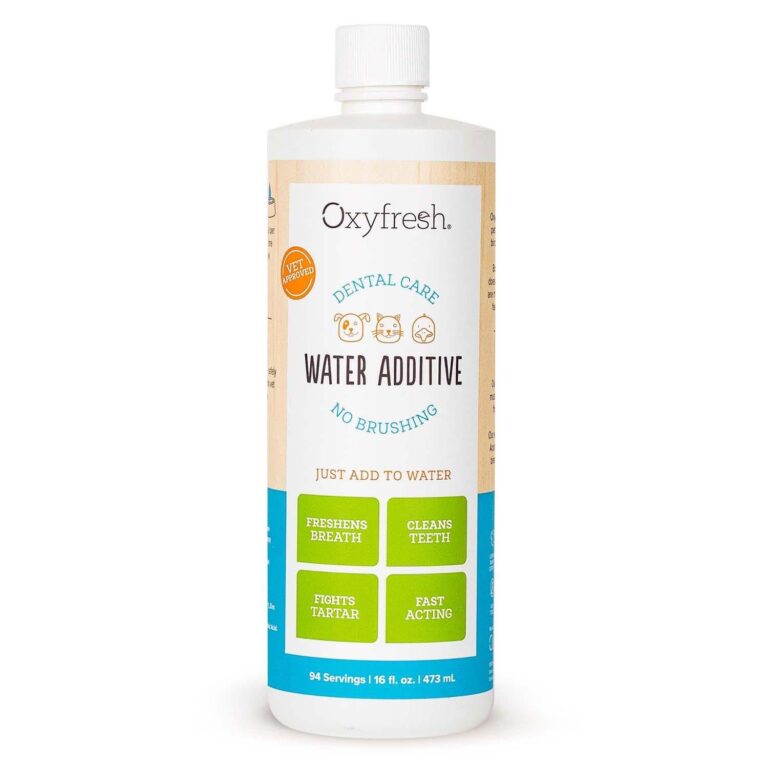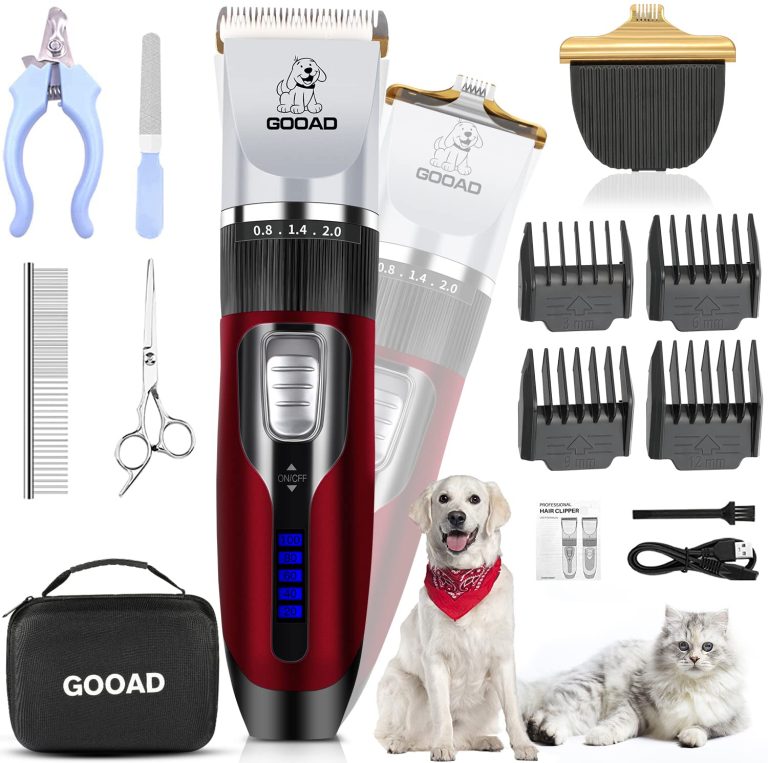Natural vs. Artificial: Understanding Dog Food Ingredients
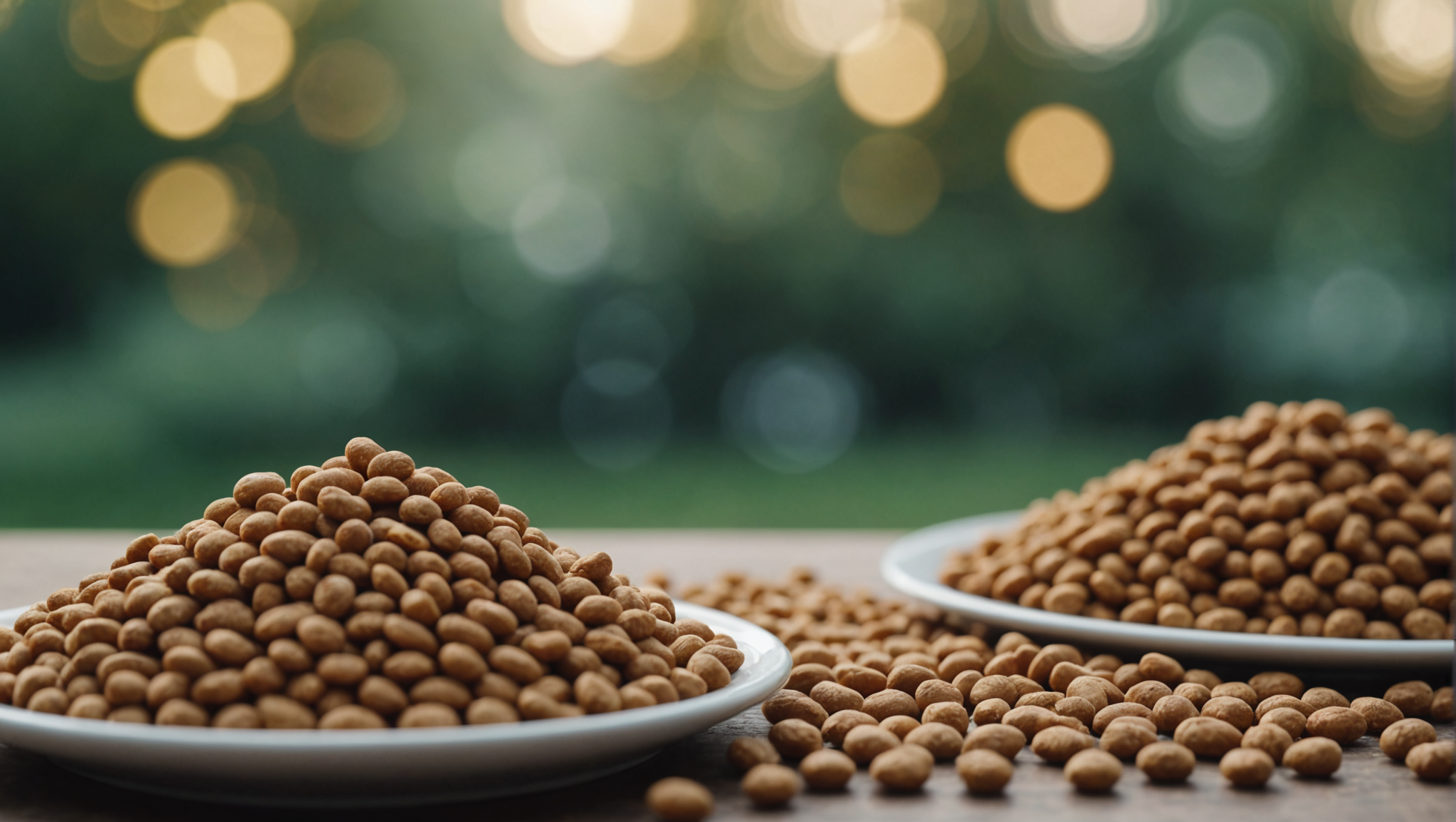
When it comes to nourishing our canine companions, the provenance and quality of their food can significantly influence their overall health and vigor. Natural ingredients, those derived from whole food sources, not only provide essential nutrients but also offer a range of benefits that promote well-being. These ingredients, often sourced from the natural environment, can rejuvenate the body, foster vitality, and enhance the overall quality of life for dogs by satisfying their innate dietary requirements.
A balanced diet for dogs typically encompasses a rich medley of proteins, carbohydrates, fats, vitamins, and minerals. Natural ingredients, such as real meat, fish, vegetables, and grains, serve as the cornerstone of this balance, ensuring that each meal is a veritable feast for both the palate and the body. For instance, protein from these natural sources is integral not only for maintaining muscle mass but also for the release of energy necessary for a dog’s daily activities. A healthy canine diet might include lean meats like chicken or turkey, which offer high biological value proteins, or fish such as salmon, which is packed with omega-3 fatty acids, promoting healthy skin and a lustrous coat.
Moreover, fibers from fruits and vegetables are crucial for digestive health, as they aid in the maintenance of a well-functioning gut. Ingredients like sweet potatoes and carrots provide soluble fibers that not only facilitate digestion but also contribute essential vitamins such as beta-carotene. These nutrients play a pivotal role in bolstering the immune system, helping dogs fend off illness with vigor and resilience.
Understanding the specific dietary requirements of your dog can make a significant difference in crafting a diet that supports their life stage and breed characteristics. Puppies, for instance, require a diet rich in protein and energy to fuel their rapid growth and playful antics. This might involve enriched natural ingredients that cater to their developmental needs, such as nutrient-dense meals featuring whole grains like brown rice and a medley of vegetables providing additional micronutrients. On the other hand, senior dogs may benefit from natural diets tailored to address joint health and mobility, possibly incorporating glucosamine-rich ingredients such as chicken cartilage or green-lipped mussel, alongside natural anti-inflammatory components like turmeric.
The idea of preparing a homemade diet resonates with many dog owners who wish to take control of the ingredients their pets consume. Crafting meals from fresh, natural components allows for tailored nutrition that meets specific health needs while also circumventing the common pitfall of unwanted additives and preservatives often found in commercial dog food products. However, it’s imperative to consult with a veterinarian or a canine nutritionist prior to embracing this route, as an unbalanced homemade diet can lead to deficiencies or excesses that might compromise your dog’s health in the long run. When done wisely, a homemade diet can provide joy not only for the canine but also for the human caregiver—a bonding experience steeped in love and care.
Embracing natural ingredients does encompass a certain conscientiousness in choosing dog food. It is essential to navigate the realm of dog nutrition with an educated perspective, aligning your choices with the profound respect for the dietary needs that vary distinctly among our furry friends. This awareness not only enhances their vitality but ensures they shine from within, reflecting a spirit of well-being that resonates with their surroundings. As the great dog behaviorist Cesar Millan once implied, a happy and fulfilled dog epitomizes the essence of a balanced lifestyle, rooted in the very foundation of good nutrition.
Artificial Ingredients: Risks and Misconceptions
While the allure of natural ingredients in dog food is undeniable, the presence of artificial ingredients engenders a wealth of misunderstandings that require careful unpacking. Many pet owners, perhaps overwhelmed by marketing jargon and myriad product options, find themselves at a crossroads when it comes to discerning what truly benefits their canine companions. The term ‘artificial’ itself evokes images of chemical concoctions and undesirable additives, but the truth is nuanced, calling for a deeper exploration of potential risks and misconceptions associated with these ingredients.
One prevalent myth is the belief that all artificial ingredients are inherently harmful to dogs. While it is certainly wise to approach synthetic additives—such as artificial colors, flavors, and preservatives—with caution, not all artificial substances are detrimental. For example, some synthesized vitamins and minerals serve essential roles in ensuring that dogs receive adequate nutrients, particularly in processed foods where natural sources may be scarce or insufficient. The key lies in understanding the nutritional integrity of a product rather than condemning it outright based on the presence of artificial components.
Moreover, the perception that artificial ingredients always lead to adverse health outcomes is often overblown. Research has shown that the effects of these additives can vary widely depending on factors such as dosage, individual dog sensitivities, and the overall balance of nutrition in their diet. Many dogs consume commercial food that contains artificial preservatives like BHA, BHT, or ethoxyquin without apparent ill effects. However, vigilance is essential, as any substance can provoke an unwanted reaction in certain dogs, particularly in those with pre-existing conditions or food allergies.
Understanding how artificial ingredients interplay with canine health involves recognizing the consequences of poor dietary choices. For instance, a diet high in low-quality grains and fillers—common in certain commercial dog foods—often necessitates the use of artificial ingredients to imropve taste and palatability. This practice can lead to nutritional imbalances and contribute to obesity, which is a growing concern among dog owners. Thus, rather than solely focusing on whether an ingredient is natural or artificial, one should assess the overarching quality of the food as a whole, ensuring that it aligns with their dog’s unique dietary needs and lifestyle.
As discerning caretakers of our furry friends, it is vital to approach the topic of artificial ingredients with a balanced view. This entails being well-versed in reading labels effectively, distinguishing between necessary and unnecessary additives, and understanding how ingredients fit into the broader context of dog health. For instance, educated readers might choose to opt for dog foods where artificial preservatives are minimal and are compensated for by high-quality, nutrient-dense ingredients—what the well-known phrase encapsulates, “what you don’t see often won’t hurt you.”
Furthermore, it’s crucial to keep in mind that dietary needs are not static; they vary greatly depending on factors such as life stage, breed, and health status. A growing puppy may metabolize artificial ingredients differently than a senior dog, who may be more sensitive to preservatives or artificial additives. By considering these nuances, pet owners can make more informed decisions, promoting optimal health and well-being tailored to their dog’s specific requirements.
In the quest for providing the best nutrition for our beloved companions, bridging the gap between natural and artificial ingredients becomes paramount. The informed choice lies not just in the ingredients themselves but in the recognition of the balance needed in every bite. Just as Cesar Millan emphasizes the importance of understanding dogs from a holistic perspective, so too must we approach their diets with a mindful awareness, blending intellect with instinct, to nurture them in a way that harmonizes their nature with their nutritional needs.
Label Reading: How to Identify Quality Dog Food
To navigate the often overwhelming array of dog food options effectively, one must develop a keen eye for what constitutes quality nutrition for our four-legged friends. The telling details can often be found within the ingredients label—a roadmap of sorts that provides insight into the contents that go into each bag or can. First and foremost, look for whole ingredients listed at the top of the ingredient list. These are typically protein sources such as real meat or fish, which should appear prominently, ideally named rather than generically classified, thus providing a clear indication of the protein’s source and quality.
When perusing labels, it is also vital to pay attention to the first five ingredients, as they are generally the most significant in terms of quantity. A high-quality dog food will prioritize animal-based proteins, followed by wholesome grains or vegetables, ensuring a balanced composition that caters to your dog’s nutritional needs. Be wary of vague terms like “meat by-products” or “animal fat,” as these can obscure the quality of the protein source, potentially including lower-grade components.
- Real meat should be the primary ingredient, ideally named, such as “chicken,” “beef,” or “salmon.”
- Look for whole grains or fiber-rich vegetables in the mix, like brown rice or sweet potatoes, which contribute essential nutrients.
- Avoid foods that list chemical preservatives like BHA or BHT; instead, opt for preservatives sourced from natural ingredients, such as tocopherols (vitamin E).
Furthermore, while protein content speaks volumes, the presence of healthy fats is equally important. Ingredients such as chicken fat or fish oil serve not only to improve palatability but also provide essential fatty acids vital for coat health and cognitive function. Omega-3 and omega-6 fatty acids play fundamental roles in your dog’s overall well-being, influencing skin health and inflammatory responses.
Equally imperative is a consideration for canine life stages—puppies, adults, and senior dogs each have specific dietary requirements that influence ingredient choices tailored to their developmental needs. For example, a puppy food should be higher in protein and calories to support their rapid growth, whereas an adult formula might focus on balanced nutrition that maintains healthy weight and energy levels. Senior diets often incorporate ingredients that support joint health and promote overall vitality, such as glucosamine or omega-rich oils.
The allure of homemade diets has indeed captured the imagination of many pet parents. Crafting meals from fresh, wholesome ingredients allows for unprecedented control over your dog’s nutrition. However, it is essential to recognize the need for balance and variety within these meals. A homemade diet must include proteins, healthy fats, carbohydrates, and appropriate vitamins and minerals. Consulting with a veterinary nutritionist can ensure that the diet is comprehensive and meets all the nutritional guidelines, keeping your canine companion healthy and flourishing.
Additionally, it cannot be overstated how beneficial it is to educate oneself about common fillers and artificial additives that may creep into some dog food products. Ingredients like corn, wheat, and soy are notorious for being low-quality fillers that offer little nutritional value, often linked to allergies and digestive issues in dogs. A discerning approach involves recognizing these ingredients and opting for brands that emphasize whole food components without needless additives. As you engage in thoughtful label reading, think that a clear, concise label with recognizable ingredients often speaks to the overall integrity and quality of the food.
Vigilance in label reading is more than just an activity; it is a profound commitment to enhancing the quality of life for your dog. When we prioritize the nutrients they consume, we advocate for their health, vitality, and happiness, reflecting the wisdom of a dog’s natural needs. With the knowledge gleaned from this endeavor, pet owners can confidently select foods that resonate with their dog’s individual journey, fortifying their bodies with the nourishment they deserve for a life full of thriving energy and joy.
Making the Right Choice: Natural vs. Artificial for Your Dog
Choosing the best nutritional path for your dog, especially in the context of the ongoing debate between natural and artificial ingredients, is a multifaceted endeavor that requires reflection, understanding, and an appreciation for dietary individuality. Each dog is unique, not only in their breed and life stage but also in their health status and lifestyle needs. The decision you make in determining what goes into their bowl can significantly affect their overall health, energy levels, and emotional well-being.
A balanced diet is the cornerstone of canine health. It speaks volumes about a dog’s potential for vitality and longevity. Ensuring that your dog receives a spectrum of nutrients is imperative; proteins must be a priority, as they serve as the building blocks for strong muscles and tissues. Alongside proteins, the inclusion of healthy fats is indispensable. These fats not only offer energy but are pivotal for skin health, coat shine, and even cognitive function. Micronutrients, including vitamins and minerals, play essential roles too, helping to fortify the immune system and sustain overall bodily functions. As Cesar Millan wisely advocates, a dog’s physical and mental well-being begins with the food we provide them.
Dietary needs vary across different life stages. Puppies, in their growth spurts, necessitate higher energy and nutrient density than mature dogs, who require balanced nutrition to maintain weight and activity levels. Older dogs, particularly those with joint issues or weight management needs, benefit significantly from customized diets that promote ease of movement and comfort. This logic extends into tailoring food choices to breed-specific requirements; for example, larger breeds may need diets that mitigate the risk of hip dysplasia, while smaller breeds could require more calorie-dense formulations to meet their energetic needs.
For pet owners exploring homemade diets, the appeal lies in the ability to handpick wholesome ingredients, ensuring your dog consumes only what nurtures and invigorates. It’s akin to cooking for a treasured family member, placing love and care at the forefront. However, one must tread with caution. A homemade diet must be balanced, packing in necessary protein, carbohydrates, fats, and a rainbow of fruits and vegetables to fulfill all dietary requirements. Such an approach requires knowledge, as an unbalanced homemade diet risks deficiency or excess—both of which can lead to health complications. Consulting a veterinary nutritionist can serve as a compass, guiding you towards harmony in your pet’s diet.
Yet, regardless of whether you favor natural or artificial ingredients, the ultimate goal must remain clear: fostering a state of equilibrium that nourishes the body and spirit of your canine companion. It is pivotal to recognize that not all artificial ingredients are wholly detrimental; some can play an essential role in providing nourishment. The key lies in discernment and balance—understanding what your dog’s unique needs are and how best to meet them through informed dietary choices.
As you embark on this journey, think incorporating a diverse array of ingredients into your pet’s meals. Including whole fruits and vegetables can offer additional vitamins while providing variety to their diet. For instance, blueberries are rich in antioxidants, sweet potatoes are excellent for digestion, and carrots are great for dental health. It is this diversity that not only supports nutritional resilience but also enlivens your dog’s mealtime experience, forging a deeper bond with them through every delectable bite.
Maintaining an astute awareness of what constitutes quality nutrition requires vigilance and commitment, yet the rewards are bountiful. Just as Cesar Millan emphasizes the importance of understanding and nurturing a dog’s psyche, so too must we heed the whispers of their bodies, ensuring that every morsel we feed them aligns with their needs for health, happiness, and vitality. Our choices shape their vitality, allowing them to thrive and flourish in an environment of love and care.

